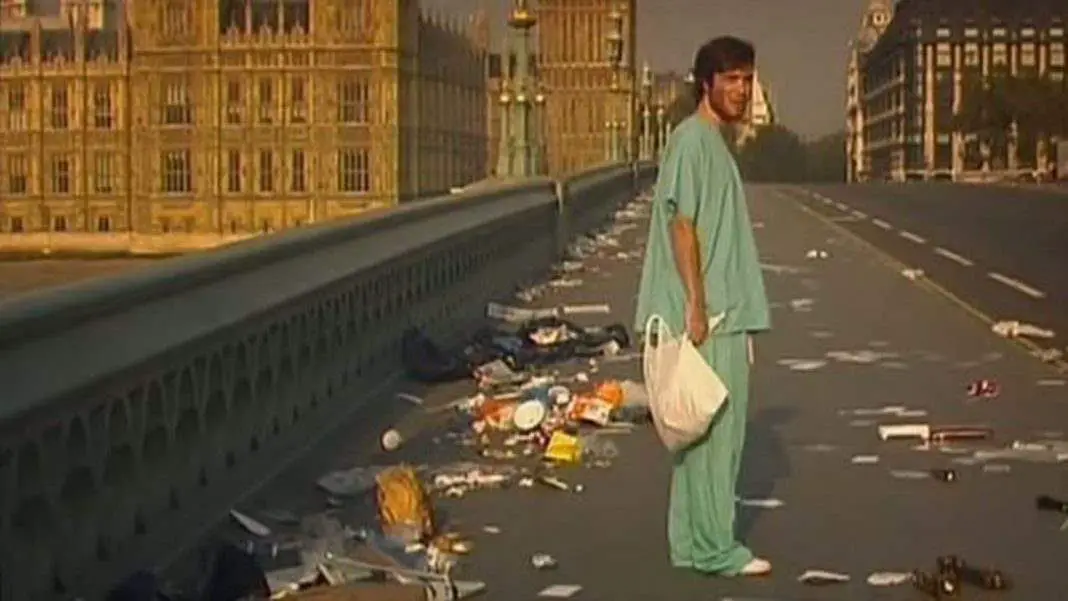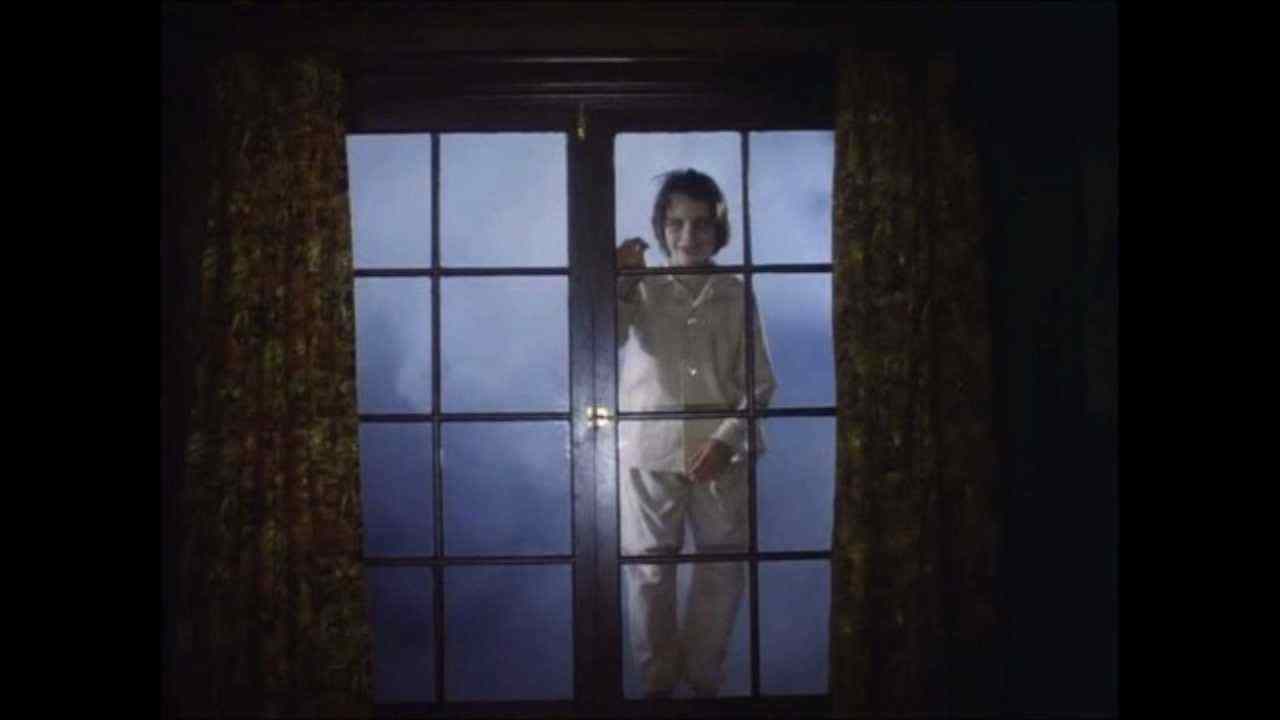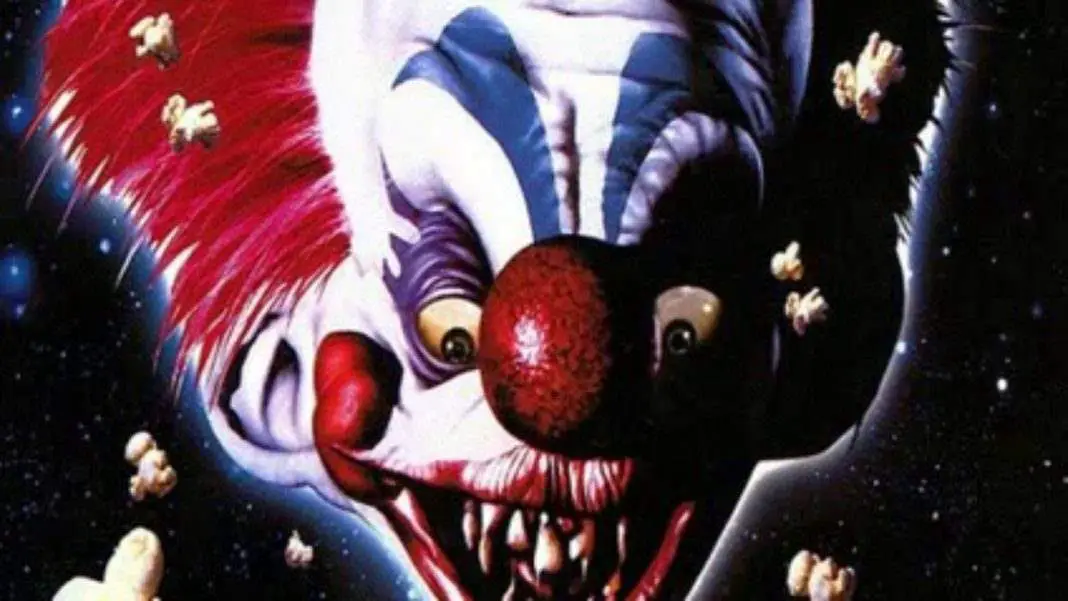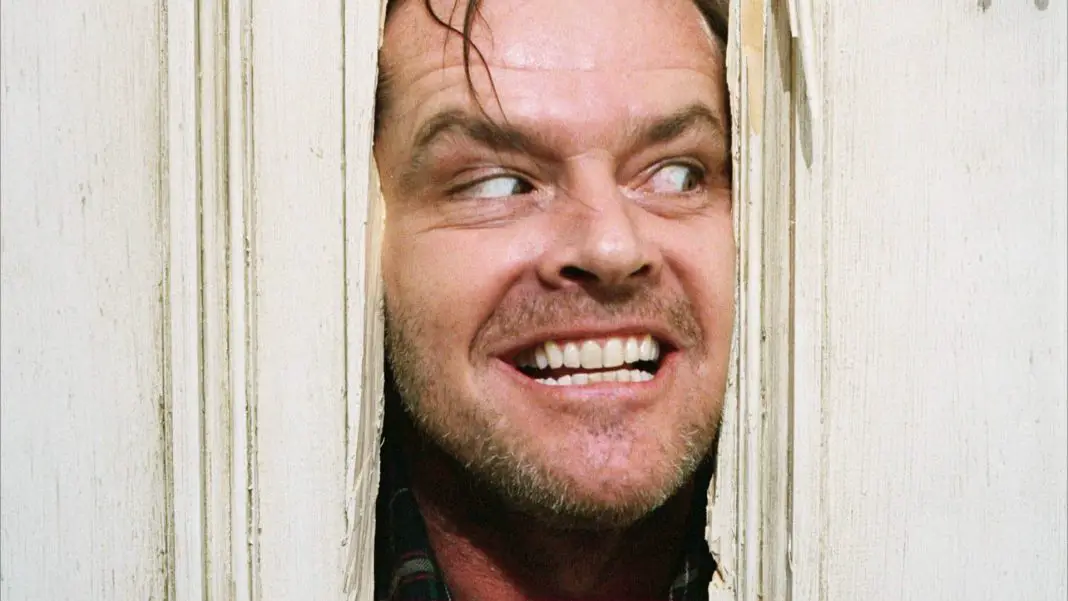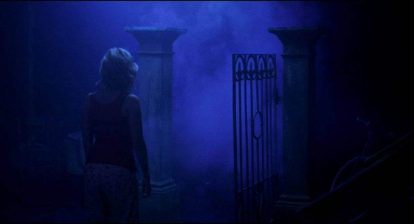As horror fans, we love to endlessly debate our favorite topics. Healthy discussion is what keeps the passion alive and is what leads us to find friends in likeminded fans. And if there’s one thing fans love to talk about, it’s zombies. It makes sense, of course. Zombies have become a huge cultural phenomenon. This has always interested me because when I was growing up in the ‘90s, zombies were, well, dead.
Sure we had the occasional flicks like Braindead, Night of the Living Dead ’90, Cemetery Man, or Return of the Living Dead 3, but the output was nowhere even close to what it had been in the ‘80s and certainly not anything approaching the surplus we would see in the 2000s.
The problem that people seem to have, the film that sparked the “zombies vs. infection” debate is that the movie that brought zombies back to the mainstream is a title that many fans don’t consider to be a zombie movie at all. The film in question, of course, is 28 Days Later.
An effective, low-budget thriller about a plague that swept through London and caused all inhabitants to turn rabid with rage and cannibalize each other, 28 Days Later reintroduced the formula of the zombie picture to the mainstream in a huge way. But for some people—most, in fact—formula is not enough.
I’ve seen people get more irrationally angry over calling 28 Days Later a zombie feature than any other topic in the entire scope of horror. Fans get really, really serious and extremely mad when it comes to the sanctity of their zombies. More so than even vampires, people have a set idea of what a zombie is and they will not let you sway them or often even give you a chance to explain why you see things differently. When it comes to the undead, people can still be extremely set in their ways.
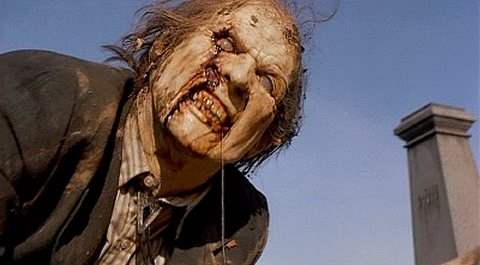
But there’s an issue with this line of thinking, because zombies have only been the classic Romero-inspired zombies since Night of the Living Dead was released in 1968. Before that, they were something completely different.
In the grand scheme of things, 28 Days Later is not that different from Night of the Living Dead. Both are about a group of survivors trying to fend off hordes of rabid people who want to eat their flesh.
The irony here is that Night of the Living Dead was completely different from everything that had come before it and from what all notions of what a zombie was at the time. In fact, it was so different that Romero and company didn’t even know they were making a zombie movie. The film never calls them zombies, it calls them ghouls. They were called zombies by the fans, and it was just something that happened to stick.
The classical definition of a zombie is a person resurrected by a practitioner of voodoo for a specific purpose—which could be anything from slave labor to murder. In actual, documented practices, the person is not even dead. The pufferfish venom slows down their heart rate, then they are buried to make it look as if they are dead and dug up. When they awaken, they are disoriented and drugged, making them totally susceptible to someone giving them orders and even making them believe they had actually died.
So, technically, even the classical version of a zombie does not actually refer to someone who had died. But that’s not the point. A zombie can be someone who has been killed. It can be one person resurrected via voodoo, or there can be a swarm of people resurrected by a mysterious disease.
But it’s ridiculous to say that infection movies like 28 Days Later go against everything Romero created, because he and co-writer John Russo were the ones who created the infection trope in the first place. Hell, Romero even created the rage virus idea in and of itself with The Crazies.
Did You Know? Wicked Horror TV Has Classic and Independent Horror Films Available to Stream for Free!
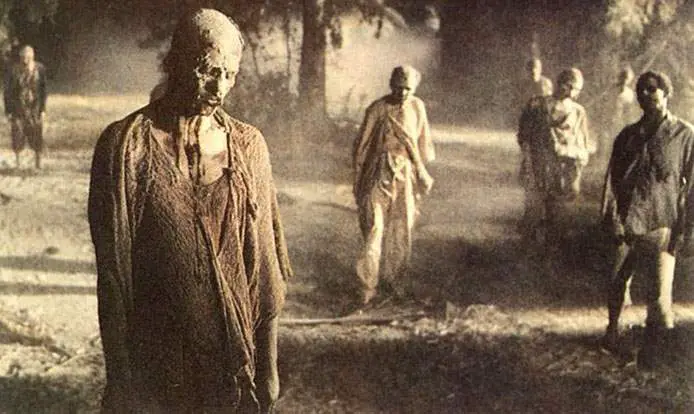 Night of the Living Dead completely changed the rules of the zombie film from everything that had come before. And it was followed by several movies that did the same, totally changing the formula. Return of the Living Dead threw the rules out the window. Cemetery Man and Return of the Living Dead 3 turned zombie features into Gothic romances. Serpent and the Rainbow brought everything back to real-world explanation of zombie practices in Haiti.
Night of the Living Dead completely changed the rules of the zombie film from everything that had come before. And it was followed by several movies that did the same, totally changing the formula. Return of the Living Dead threw the rules out the window. Cemetery Man and Return of the Living Dead 3 turned zombie features into Gothic romances. Serpent and the Rainbow brought everything back to real-world explanation of zombie practices in Haiti.
In the grand scheme of things, 28 Days Later is not that different. It holds to most of the conventions of the zombie genre as it had been known since 1968. There are several films that have made more radical changes to the formula, but are never argued about in the same way.
The reason for the continued debate is simply that even now, after so many zombie features, the term is not clearly defined. It is constantly evolving. Ever since Romero burst onto the scene with Night and its follow-ups, zombie films have been primarily defined as features about epidemics, about the spread of an unbeatable disease. 28 Days Later and its offspring are about exactly the same thing. Even if the infected aren’t dead, every other element is kept intact.
